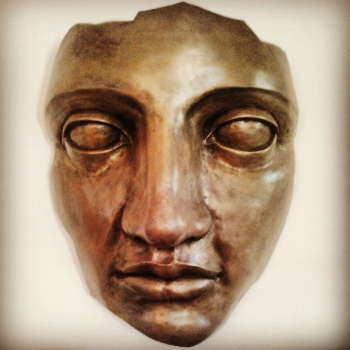
On the Trail of the Holy Grail
by Stuart McHardy.
Luath Press Ltd, 2006.
Another of this author’s Arthurian titles (his 2001 The Quest for Arthur was also published by Luath Press) takes him on a quest from the pages of medieval writers to places in the Scottish landscape, and from the early medieval period back into the mists of time.
Along the way he encounters folklore and legend, Dark Age warriors and Goddess worship, Pictish symbol stones and natural wonders. It’s all a bit contentious, especially his insistence that every crucial aspect of the Arthurian legend, from Arthur himself to the location of Avalon, is to be firmly set in Scotland. McHardy flits in a gossipy style from one discipline to another, taking a nugget from one or another scholar and linking it indiscriminately to antiquarian speculation.
In fact, despite describing himself as a ‘cultural ecologist’ McHardy is actually a typical speculative antiquarian, mixing fact and fancy in a heady brew that leaves you with a hangover.
Continue reading “A heady brew”




